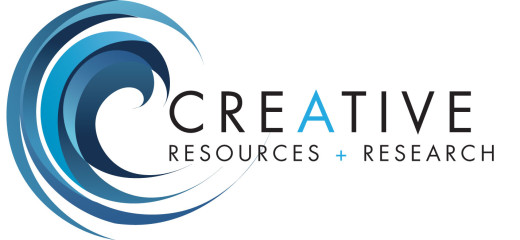Rethinking the Clipboard: Why Your Grant Proposals Need More Than Copy-Paste
In the fast-paced world of grant writing, it can be tempting to save time and effort by copying and pasting from an old grant proposal. There are even some “experts” who recommend a copy-paste grant strategy. However, while this approach may seem convenient, it can lead to significant drawbacks and even jeopardize the success of your current proposal.
It’s common for us to hear, “That shouldn’t take you long. Just copy XYZ proposal.” Unfortunately, it’s not that simple. Well, it’s not that simple if you want to develop an exceptional proposal.
Let’s explore some of the pitfalls of copying and pasting from an old grant proposal and when it might be acceptable to copy-paste.
Lack of Alignment with Current Objectives
Grant proposals differ in their objectives, scope, and target audience. Reusing content from an old proposal that does not align with the current project’s goals can undermine its coherence. Tailoring your proposal to align precisely with the new project will increase its chances of success.
Irrelevant or Outdated Information
Copying outdated information can harm the credibility of your proposal. Funders are interested in the latest data, research, and solutions tailored to current challenges. Using obsolete statistics or approaches may convey a lack of awareness and hinder your proposal’s effectiveness.
Overlooking Unique Requirements
Each grant application includes specific guidelines and requirements provided by the funding organization. Ignoring these requirements while copy-pasting can lead to crucial oversights. Tailor your proposal to address the specific criteria outlined in the application, demonstrating a clear understanding of their expectations.
Missed Opportunities for Improvement
Reusing old proposal content often results in missed opportunities for improvement. Grant proposals should evolve and showcase continuous learning and growth. By revisiting and rewriting, you can refine your ideas, incorporate new insights, and create a stronger, more persuasive proposal.
Failure to Address Lessons Learned
Grant proposals are enriched when they demonstrate an understanding of lessons learned from past projects. Copy-paste grant content from old proposals may overlook these valuable insights and hinder your ability to propose innovative solutions or strategies.
Plagiarism Risks
Copying sections from previously submitted proposals without proper citation can lead to plagiarism issues. Not only does this compromise your integrity but also raises concerns about the originality of your work. Funders expect fresh ideas and contributions that have not been plagiarized.
Poor Adaptability and Contextual Fit
Each grant proposal should be tailored to its specific context and funder’s requirements. Reusing content may result in a lack of adaptability and failure to address the unique needs and characteristics of the new project. Demonstrating a deep understanding of the context enhances the overall quality and impact of the proposal.
What is it okay to copy-paste from an old grant?
- Your organization’s mission and vision statements and core values
- Data that you are certain has not changed
- Images and graphics that match your program design
- Program goals and objectives, if the previous grant was for the same program as the one; however, be sure to review and update any performance targets, as needed
- Basic organizational information that has not changed (key staff, etc.)
Don’t get me wrong. There are many things that you could choose to copy-paste from proposal to proposal, but you run the risk of inadvertently hitting the pitfall described above.
What about grant templates?
Templates are great for outlines, but they can encourage too much dependence on previously used material. Also, relying too much on grant templates and the copy-paste grant strategy does not promote the development of your skill as a writer in general and as a grant writer, specifically.
This doesn’t mean that you won’t be funded if you use a template or if you copy-paste from an old proposal. It means that you run a greater risk of not being funded. And when you run into a proposal where you can’t use the copy-paste strategy, your writing skills will be rusty and not as well developed as if you had been actively improving your craft all along.
Conclusion
While the allure of copying and pasting sections from old grant proposals may be strong, the drawbacks and risks associated with this approach should not be taken lightly. Grant proposals require careful consideration, adaptability, and a thorough understanding of current project goals and funders’ expectations. Taking the time to craft a tailored proposal will significantly increase your chances of success in securing funding.
How much do you rely on copying and pasting from old grant proposals?
Contact us for information on resources like this!


